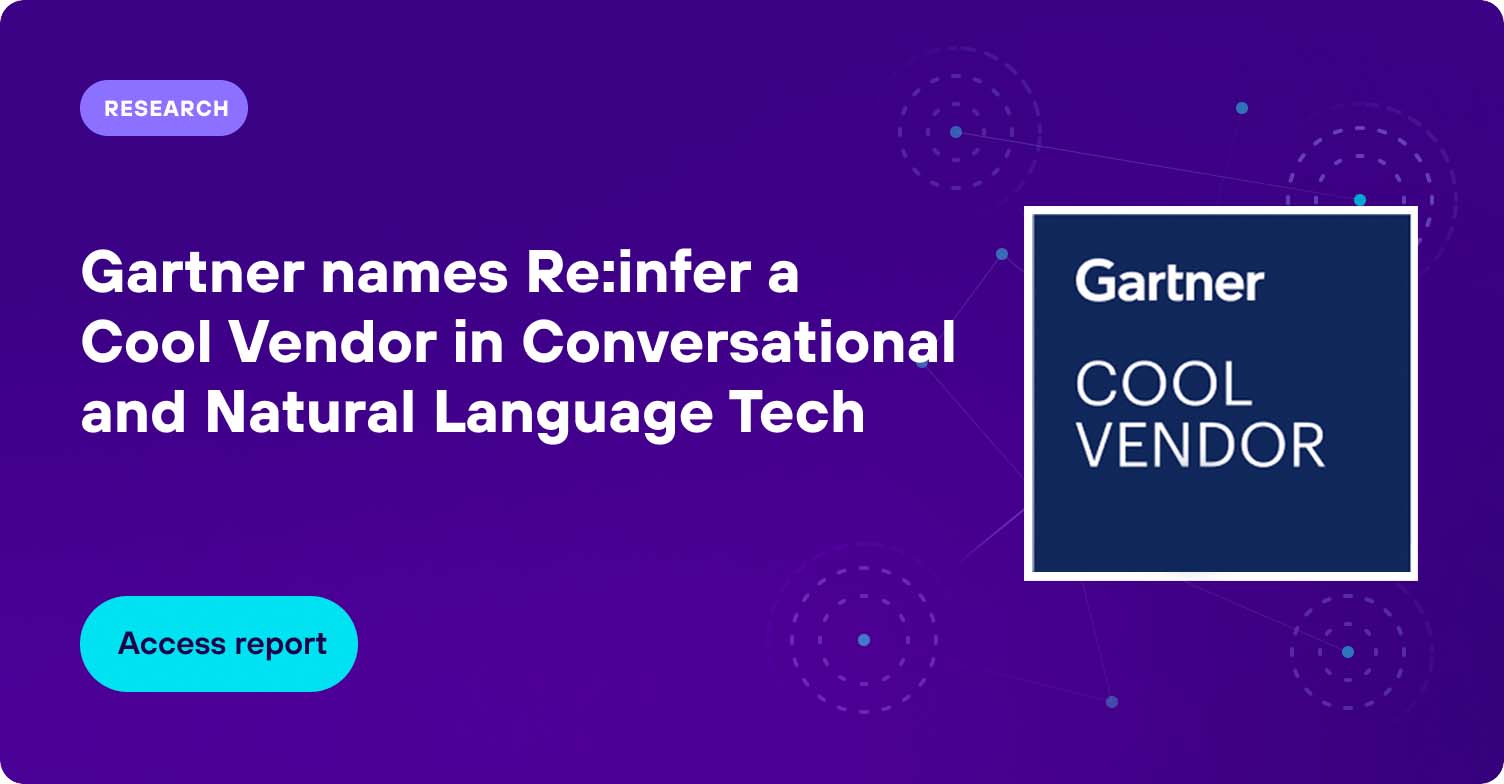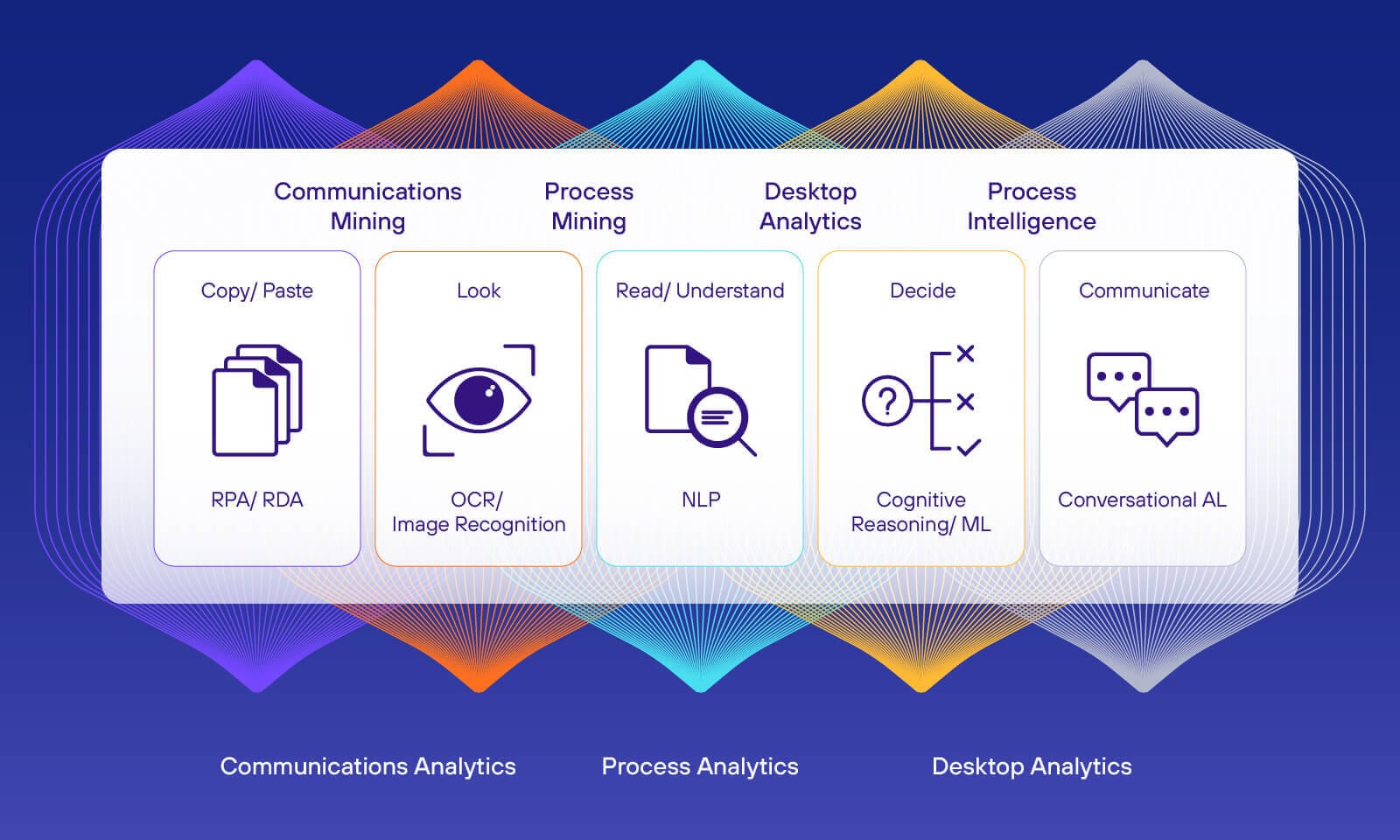It was a pleasure to join Customer Contact Week Europe Exchange last week - IQPC’s key event for leaders of customer service and experience. It was great to support our customer, Arthur Zhuravsky, Global Senior Head of Voice of the Customer at FARFETCH, who spoke on our collaboration to build the Customer Experience Index.
In between the talks and keynotes, we had many interesting discussions with heads of customer service, insight and contact. Customer obsession - and the data, culture and tools needed to achieve it - ended up top of the agenda.
Here’s our summary of the major customer experience takeaways from the event:
Contact volume and customer expectations have never been higher
Before COVID-19, contact centres had been marked by years of underinvestment as businesses attempted to move towards a more self-service model. But that’s all changed in the last two years. COVID-19 has reminded everyone (not least the C-Suite) of the immense value customer service brings to the table.
Customer contact is as important as it’s ever been. Widespread global restrictions and lockdowns have permanently altered customer behaviours. Customers won’t hesitate to get in touch in order to get what they want. Demand increased massively at the start of the pandemic as customers scrambled to send requests, complaints and queries across countless sectors. And there’s no sign of things slowing down.
Contact volume has surged in the last few years and remains high, but so too have customer expectations. People were patient in the initial months of the pandemic. But now the customer has called time on subpar experiences. Patience is fraying as businesses struggle with continued economic disruption and fragmented supply chains.
Compounding the pressure on customer service leaders has been the surge of new contact channels being used. Brands truly digitised during the pandemic, launching a host of new apps to help customers, employees and colleagues keep talking. In addition to emails and calls; chats, instant messages and social media are now established contact channels that businesses can’t afford to ignore.
Customer service is obliged to deliver on these omnichannel expectations. The objective for brands now is for customers to have their queries answered quickly through their first channel of choice. Integrating new channels isn’t easy, but the rewards for customer effort are considerable. When considering new solutions for customer service, tools that support a wide range of different contact channels and types are considered a must-have for customer service leaders.
Learn more about the contact challenge facing today’s businesses.
Total experience is the top priority
As ever, customer retention and acquisition remains top-of-mind. But there are strong signs that customer service leaders have developed a more holistic, nuanced approach to achieving these goals.
The total experience - representing the combined experiences of everyone who engages with a brand, whether they are a customer, employee, or user - was a pervasive concept at the event. Customer service leaders recognise that anyone’s interaction with a business can affect its perception and, ultimately, its success as a business.
That’s why, when it comes to the metrics customer service measures itself against, customer satisfaction (CSAT) is widely considered the most important. For the moment, customer service isn’t too concerned with things like cost of acquisition. Instead, its leaders are laser-focused on competing around the customer experience, providing the best service they can.
Closely related to this is the concept of customer effort, which 8x8’s David Rowlands identified as a rapidly rising metric for customer service leaders. Reducing the number of touchpoints a customer must go through to get what they want is key to CSAT. That’s why customer experience leaders will be focused on improving their customer effort score (CES) for some time to come.
However, the total experience isn’t just about the customer. The employee experience and agent wellbeing were real areas of concern at the conference. It’s recognised that COVID-19 has completely changed how work is done in customer service. Hybrid working is here to stay, but that can mean teams feel less connected to the business and less supported by their managers. As a result, churn has risen rapidly in the aftermath of the pandemic.
Fortunately, customer service leaders are investing more than ever in tools that can help, engage and support their teams. Collaboration tools like Slack and Teams are now firmly established. Another priority for leaders is to try and reduce the pressure and demand placed on their people. That’s why many are starting to seriously look at more advanced forms of automation.
Customer service is embracing natural language technology
The pandemic was a time of adoption and digitisation for customer service. There’s no sign that this is slowing down - in fact, customer service leaders are now more willing to explore how technology can help them transform the customer experience.
Right now, the technological focus is centred on solutions that scale capacity and limit the demand that’s put on agents. In large numbers, customer service leaders have adopted bots and call-routing based on customer queries to automate many of the initial, onerous customer touchpoints. Virtual agents and voice recognition, once the preserve of tech companies and the customer service leaders, are seeing impressive adoption as brands tackle unprecedented demand.
However, it’s clear that the process has only just begun. Customer service leaders are starting to brush up against the limits of what’s possible with chatbots and rudimentary email automation. They realise that the nature of demand has changed radically. Many brands are dealing with requests and queries that are more complex and often more emotive than before. Much of this isn’t transactional and can’t easily be automated. As Kyle Rattigan, Head of Customer Service at Sky Betting & Gaming, put it: when it comes to complex demand and emotional queries, chatbots and keyword matching won’t cut it.
That’s why leaders are starting to explore the application of AI more broadly, and are seriously considering the value of more accurate natural language processing (NLP) solutions. NLP technology has advanced considerably in recent years, enabling machines to process messages faster and more accurately than humans.
Customer service leaders like Farfetch are already using NLP-powered Communications Mining to understand customer feedback at scale, extracting sentiment and emotional language to assess the quality of its service. Communications Mining also creates the clean structured data needed for automation. Key processes - like responding to a customer email or automatically triaging a request to the right team - are being automated by customer service leaders for the first time.
Learn more about what’s possible with NLP-enabled email automation.






